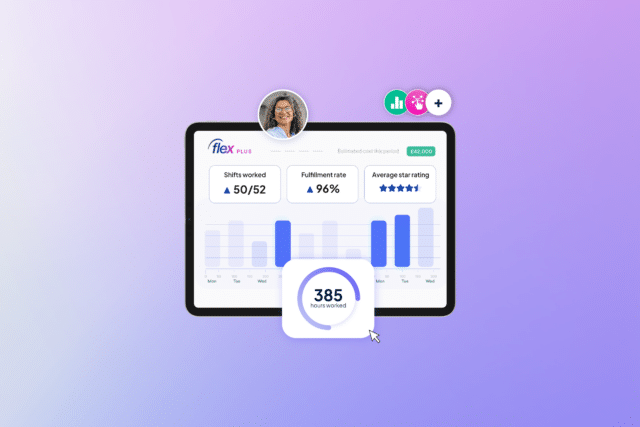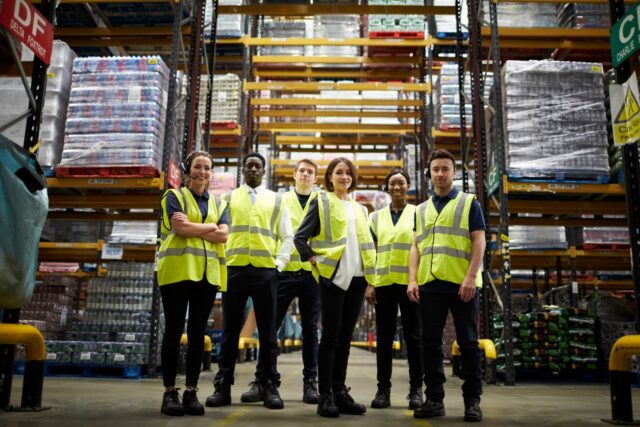
The future of how, where and when we work is changing to encompass more of our modern working attitudes around work-life balance, efficiency, user experience, cost and speed. Factors such as AR (augmented reality), automation, AI (artificial intelligence) and the gig economy have already begun to shape the way we work. Although this all sounds rather sci-fi, it’s actually already a big part of our everyday lives. For example, if you upload a photo to social media, AI technology can recognise the faces in the image and will suggest names to tag from your friends list.
Furthermore, streaming services such as Netflix and Spotify will provide you with suggestions based on what you have previously watched and listened to. More overt and sci-fi movie-esque examples of this technology include voice search devices such as Alexa and Echo, smart home meters, VR in video games and virtual product try-on through AR. But how is AI, AR, automation and the gig economy actually going to have an impact on the future of work? Let’s find out.
Automation, AI and AR
When it comes to automation, AI and AR in the workplace, some people envisage a world run by robots and mass human unemployment, but automation is actually focused on improving safety and efficiency in our daily lives, not hindering them. Although there are some futuristic and novel examples of this technology in practice including, self-driving cars and drones delivering takeaways, the technology actually has many practical uses including reducing administrative tasks in the healthcare industry, photo recognition e-passport machines in airports and mobile banking payment reminders. Automation AR and AI aren’t just used by big organisations anymore either, they also play a big part of our everyday working lives. From paperless offices, autofill in emails, machinery used in food production factories and self-service checkouts in supermarkets; AI and automation is more common than you think.
Augmented reality is also used across a variety of industries including surgeons conducting surgery from remote locations, the paint company Dulux using AR to allow customers to virtually paint their homes different colours and glasses company Speq’s Eyewear enabling customers to virtually try on glasses. Businesses are increasingly implementing AI and automation into their strategy and it’s not just to cut costs. Automation can help employees cut down the time spent on mundane tasks such as data entry, can improve customer service experiences by using AR and chatbots and remove health and safety risks in manual labour roles by introducing robots. All of which allows staff to spend more time doing rewarding tasks, thus improving job satisfaction and efficiency.
Gig economy
The gig economy has gained traction for several reasons. Not only has it benefited employees modern views around work-life balance but it has also helped businesses to become more efficient and cost effective. The recession in 2007 meant many businesses had no choice but to be more frugal in terms of their financial strategy, whether that be reducing the number of permanent employees, improving their operational efficiency through automation or improving user experience through augmented reality. Seasonal spikes in customer service roles across most businesses have also helped in the rise of the gig economy and flexible working.
A responsive workforce allows organisations to plan for peaks and troughs as well as increase business performance. In fact, according to Zurich SME Risk Index, 70% of employers say gig workers increase profitability and efficiency. Of course, technology has also played a huge part in developing the temporary and mobile workforce, enabling the gig economy to grow from strength to strength.
Temporary jobs platforms such as Indeed Flex, have enabled integrated communication between employers and employees, real-time job posting and easy management of payroll and job offers. All of the above has lead to the trend of more and more companies hiring independent short term workers, at short notice.
What does the future hold?
So will automation AR and AI affect employment rates? According to McKinsey and Company, automation will eliminate less than 5% of total occupations. However, it will be able to accomplish about a third of current activities in roughly 60% of all occupations. Therefore, the likelihood of automation and AI entirely replacing us is pretty unlikely. The much more likely scenario is that robots will complement our work rather than take our place entirely.
According to Erik Brynjolfsson, director of the Massachusetts Institute of Technology (MIT), as we automate a lot of repetitive work, we are going to see an increased demand for creative skills. We are also going to see an increased demand for those with social skills, interpersonal skills, who are nurturing, caring, teaching, persuasive, have negotiating skills, and are good at selling. This will create many new jobs, new avenues for education and training opportunities.
Thus, roles in the hospitality and events industry will be of much higher value and importance. Even the industrial sector, which will likely become a machine-based workplace in the future will require humans to fix and monitor machine work.








